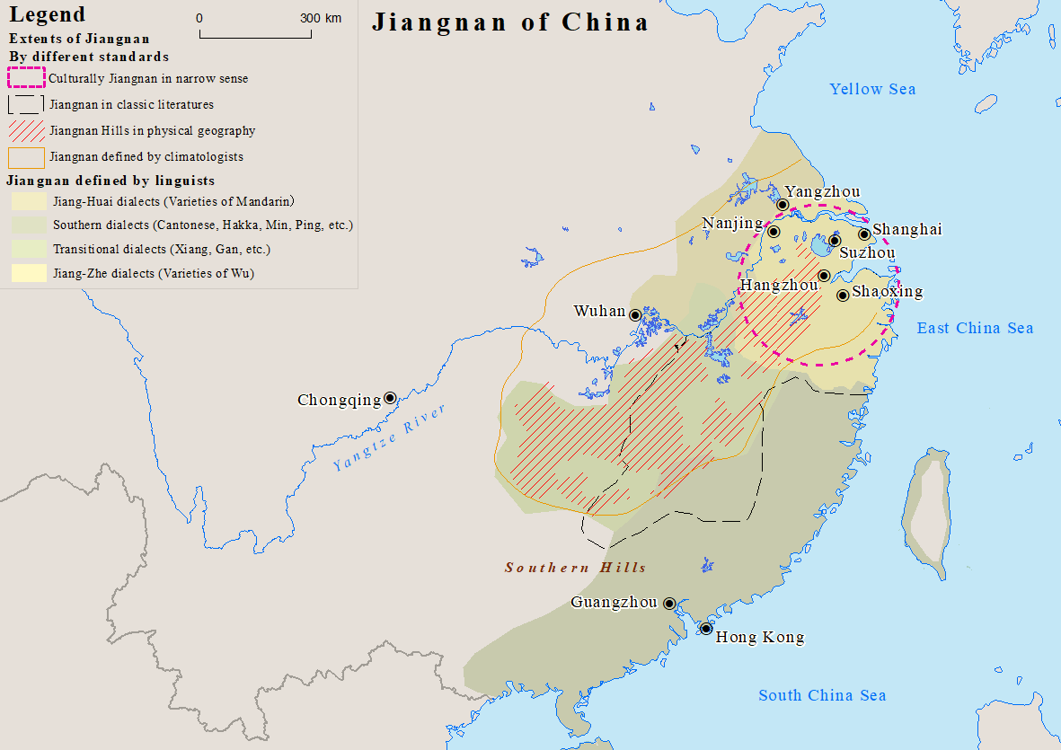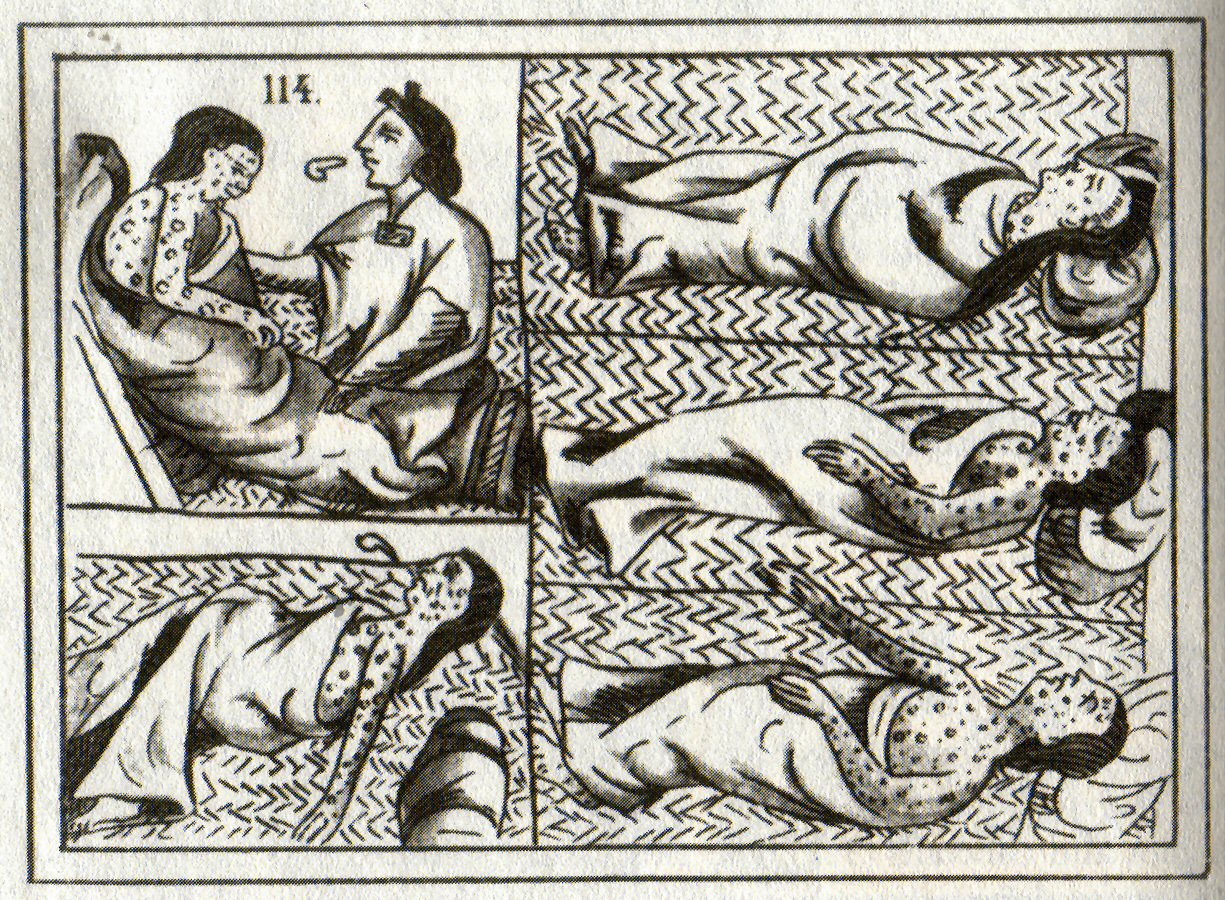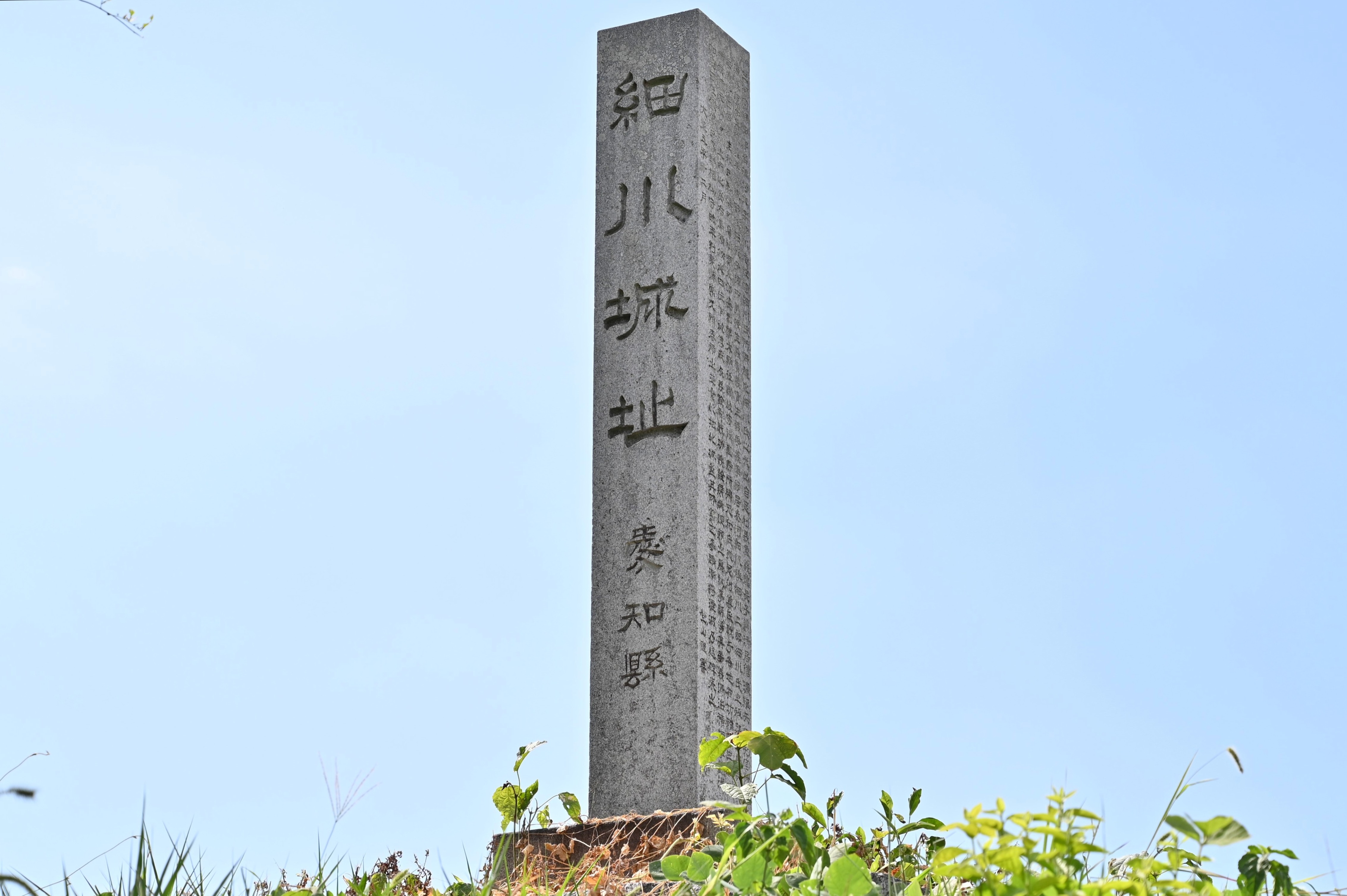|
Jiajing Wokou Raids
The Jiajing wokou raids caused extensive damage to the coast of China in the 16th century, during the reign of the Jiajing Emperor (r. 1521–67) in the Ming dynasty. The term "wokou" originally referred to Japanese pirates who crossed the sea and raided Korea and China; however, by the mid-Ming, the wokou consisted of multinational crewmen that included the Japanese and the Portuguese, but a great majority of them were Chinese instead. Mid-Ming wokou activity began to pose a serious problem in the 1540s, reached its peak in 1555, and subsided by 1567, with the extent of the destruction spreading across the coastal regions of Jiangnan, Zhejiang, Fujian, and Guangdong. Historical background Maritime trade in 16th century China Up until the establishment of the Ming dynasty in 1368, China had had a great maritime trading tradition that extended the Chinese trading network by sea all the way into the Indian Ocean. In 1371, the Ming founder Hongwu Emperor implemented the " mariti ... [...More Info...] [...Related Items...] OR: [Wikipedia] [Google] [Baidu] |
Jiangnan
Jiangnan or Jiang Nan (; formerly romanized Kiang-nan, literally "South of the River" meaning "South of the Yangtze") is a geographic area in China referring to lands immediately to the south of the lower reaches of the Yangtze River, including the southern part of its delta. The region encompasses the city of Shanghai, the southern part of Jiangsu Province, the southeastern part of Anhui Province, the northern part of Jiangxi Province and the northern part of Zhejiang Province. The most important cities in the area include Anqing, Changzhou, Hangzhou, Nanjing, Ningbo, Shaoxing, Suzhou, Wuxi, Wenzhou, and Zhenjiang. Jiangnan has long been regarded as one of the most prosperous regions in China due to its wealth in trade and very high human development. Most people of the region speak Wu Chinese dialects as their native languages. Etymology The word Jiangnan is based on the Chinese name for the Yangtze, ''Cháng Jiāng'', and ''nán'' meaning "south." In the 19th century, E ... [...More Info...] [...Related Items...] OR: [Wikipedia] [Google] [Baidu] |
Chinese Tributary System
The tributary system of China (), or Cefeng system () was a network of loose international relations focused on China which facilitated trade and foreign relations by acknowledging China's predominant role in East Asia. It involved multiple relationships of trade, military force, diplomacy and ritual. The other states had to send a tributary envoy to China on schedule, who would kowtow to the Chinese emperor as a form of tribute, and acknowledge his superiority and precedence. The other countries followed China's formal ritual in order to keep the peace with the more powerful neighbor and be eligible for diplomatic or military help under certain conditions. Political actors within the tributary system were largely autonomous and in almost all cases virtually independent. Definition The term "tribute system", strictly speaking, is a Western invention. There was no equivalent term in the Chinese lexicon to describe what would be considered the "tribute system" today, nor was it envi ... [...More Info...] [...Related Items...] OR: [Wikipedia] [Google] [Baidu] |
Battle Of Xicaowan
The Battle of Sincouwaan (), also known as Battle of Veniaga Island ( Portuguese: ''Batalha da Ilha da Veniaga'') was a naval battle between the Ming dynasty coast guard and a Portuguese fleet led by Martim Afonso de Mello that occurred in 1522. The Ming court threatened to expel Portuguese traders from China after receiving news that the Malacca Sultanate, a Ming tributary, had been invaded by the Portuguese. In addition, the Portuguese had been purchasing slaves on the Chinese coast, to sell in Portuguese Malacca. Portuguese traders were executed in China and a Portuguese embassy was arrested, with their freedom promised on the condition that the Portuguese returned Malacca to its sultan. Martim Afonso de Mello arrived at the Pearl River but was blockaded by a Ming fleet despite his offers of amends. After two weeks without being able to gain a foothold in China they decided to run the blockade and managed to escape with the loss of two ships and several dozen men. The battle ... [...More Info...] [...Related Items...] OR: [Wikipedia] [Google] [Baidu] |
Battle Of Tunmen
The Battle of Tunmen or Tamão was a naval battle in which the Ming imperial navy defeated a Portuguese fleet led by Diogo Calvo in 1521. Background Portuguese diplomat Fernão Pires de Andrade arrived at the mouth of the Pearl River in June 1517 and asked the naval commander of Nantou for permission to take his ships to Guangzhou. After a month with no definitive reply, Andrade decided to sail up the river to Guangzhou without permission from Ming authorities. When they arrived the Portuguese ships discharged cannon fire as a friendly salute, however this was not seen as a friendly gesture by the local Chinese who were greatly alarmed by the noise. The Portuguese explained that the Chinese traders did the same thing in Malacca, but the local officials only became even more suspicious as Chinese overseas trade was forbidden under Ming law. When official reception from Guangzhou arrived, tensions relaxed, and the Portuguese were received with much pomp as well as the right to ... [...More Info...] [...Related Items...] OR: [Wikipedia] [Google] [Baidu] |
Pearl River (China)
The Pearl River, also known by its Chinese name Zhujiang or Zhu Jiang in Mandarin pinyin or Chu Kiang and formerly often known as the , is an extensive river system in southern China. The name "Pearl River" is also often used as a catch-all for the watersheds of the Xi ("West"), Bei ("North"), and Dong ("East") rivers of Guangdong. These rivers are all considered tributaries of the Pearl River because they share a common delta, the Pearl River Delta. Measured from the farthest reaches of the Xi River, the Pearl River system is China's third-longest river, after the Yangtze River and the Yellow River, and second largest by volume, after the Yangtze. The Pearl River Basin () drains the majority of Liangguang (Guangdong and Guangxi provinces), as well as parts of Yunnan, Guizhou, Hunan and Jiangxi in China; it also drains northern parts of Vietnam's Northeast Cao Bằng and Lạng Sơn provinces. As well as referring to the system as a whole, the Pearl River (Zhu Jia ... [...More Info...] [...Related Items...] OR: [Wikipedia] [Google] [Baidu] |
New World Crops
New World crops are those crops, food and otherwise, that were native to the New World (mostly the Americas) before 1492 AD and not found anywhere else at that time. Many of these crops are now grown around the world and have often become an integral part of the cuisine of various cultures in the Old World. Notable among these crops are the Three Sisters: maize, winter squash, and climbing beans. List of crops Timeline of cultivation The new world developed agriculture by at least 8000 BC. The following table shows when each New World crop was first domesticated. Dissemination to the Old World The transfer of people, crops, precious metals, and diseases from the Old World to the New World and vice versa is called the Columbian Exchange. Food historian Lois Ellen Frank calls potatoes, tomatoes, corn, beans, squash, chili, cacao, and vanilla the "magic eight" ingredients that were found and used only in the Americas before 1492 and were taken via the Columbian Exchange bac ... [...More Info...] [...Related Items...] OR: [Wikipedia] [Google] [Baidu] |
Columbian Exchange
The Columbian exchange, also known as the Columbian interchange, was the widespread transfer of plants, animals, precious metals, commodities, culture, human populations, technology, diseases, and ideas between the New World (the Americas) in the Western Hemisphere, and the Old World (Afro-Eurasia) in the Eastern Hemisphere, in the late 15th and following centuries. It is named after the Italian explorer Christopher Columbus and is related to the European colonization and global trade following his 1492 voyage. Some of the exchanges were purposeful; some were accidental or unintended. Communicable diseases of Old World origin resulted in an 80 to 95 percent reduction in the number of Indigenous peoples of the Americas from the 15th century onwards, most severely in the Caribbean. The cultures of both hemispheres were significantly impacted by the migration of people (both free and enslaved) from the Old World to the New. European colonists and African slaves replaced Indig ... [...More Info...] [...Related Items...] OR: [Wikipedia] [Google] [Baidu] |
Hosokawa Clan
The is a Japanese Samurai kin group or clan. Ancestors # Emperor Jimmu # Emperor Suizei # Emperor Annei # Emperor Itoku # Emperor Kōshō # Emperor Kōan # Emperor Kōrei # Emperor Kōgen # Emperor Kaika # Emperor Sujin # Emperor Suinin # Emperor Keikō # Yamato Takeru # Emperor Chūai # Emperor Ōjin # Wakanuke Futamata no Kimi # Ohohoto no Kimi # Ohi no Kimi # Ushi no Kimi # Emperor Keitai # Emperor Kinmei # Emperor Bidatsu # Prince Oshisaka # Emperor Jomei # Emperor Tenji # Prince Shiki # Emperor Kōnin # Emperor Kanmu # Emperor Saga # Emperor Ninmyō # Emperor Montoku # Emperor Seiwa # Prince Sadazumi # Minamoto no Tsunemoto # Minamoto no Mitsunaka # Minamoto no Yorinobu # Minamoto no Yoriyoshi # Minamoto no Yoshiie # Minamoto no Yoshikuni # Minamoto no Yoshiyasu # (Ashikaga) Minamoto no Yoshikiyo # (Hirosawa) Ashikaga Yoshizane # (Ashikaga) Hosokawa Yoshisue History The clan was descended from the Seiwa Genji, a branch of the Minamoto clan, a ... [...More Info...] [...Related Items...] OR: [Wikipedia] [Google] [Baidu] |
Ōuchi Clan
was one of the most powerful and important families in Western Japan during the reign of the Ashikaga shogunate in the 12th to 14th centuries. Their domains, ruled from the castle town of Yamaguchi, comprised six provinces at their height, and the Ōuchi played a major role in supporting the Ashikaga in the Nanboku-cho Wars against the Imperial Court. The Ōuchi remained powerful up until the 1560s, when they were eclipsed by their vassals, the Mōri clan. History Local legend in modern Yamaguchi City has it that the Ōuchi clan were of Korean origins, specifically descended from a prince of Baekje. The ''Ōuchi-shi Jitsruroku'' (大内氏実録), a work of the historian Kondō Kiyoshi (近藤清石, 1833–1916), is one of the books which adopt this legend. However, some scholars are in dispute, and even traditions are contradictory to each other. Modern day members of the Ouchi clan think that there is no dispute, and they strongly identify with Baekje. According to the ... [...More Info...] [...Related Items...] OR: [Wikipedia] [Google] [Baidu] |
Ningbo Incident
The Ningbo Incident (; ja, 寧波の乱) was a 1523 brawl between trade representatives of two Japanese ''daimyō'' clans — the Ōuchi and the Hosokawa — in the Ming Chinese city of Ningbo. The Ōuchi pillaged and harmed local residents, causing massive damage. The turmoil resulted in the interruption of the Ming-Japanese trade and led to a surge in piratical (''wokou'') activity on the Chinese coast. The episode is also known by the names Ningbo Tribute Conflict (寧波争貢事件), Mingzhou Incident (明州之亂), or the Sōsetsu Incident (宗設之亂). Background Ming China considered Japan a tributary state in its Sinocentric world order. Under the Ming tributary system, Japan could present tribute to the Chinese imperial court and be rewarded in the form of gifts by the emperor. This was essentially an exchange of Japanese products for Chinese goods, and, being the only legal form of trade between China and Japan during the Ming's maritime prohibitions, was extrem ... [...More Info...] [...Related Items...] OR: [Wikipedia] [Google] [Baidu] |
Daimyō
were powerful Japanese magnates, feudal lords who, from the 10th century to the early Meiji period in the middle 19th century, ruled most of Japan from their vast, hereditary land holdings. They were subordinate to the shogun and nominally to the emperor and the '' kuge''. In the term, means 'large', and stands for , meaning 'private land'. From the '' shugo'' of the Muromachi period through the Sengoku to the ''daimyo'' of the Edo period, the rank had a long and varied history. The backgrounds of ''daimyo'' also varied considerably; while some ''daimyo'' clans, notably the Mōri, Shimazu and Hosokawa, were cadet branches of the Imperial family or were descended from the ''kuge'', other ''daimyo'' were promoted from the ranks of the samurai, notably during the Edo period. ''Daimyo'' often hired samurai to guard their land, and they paid the samurai in land or food as relatively few could afford to pay samurai in money. The ''daimyo'' era ended soon after the Meiji R ... [...More Info...] [...Related Items...] OR: [Wikipedia] [Google] [Baidu] |
Ashikaga Shogunate
The , also known as the , was the feudal military government of Japan during the Muromachi period from 1336 to 1573.Nussbaum, Louis-Frédéric. (2005)"''Muromachi-jidai''"in ''Japan Encyclopedia'', p. 669. The Ashikaga shogunate was established when Ashikaga Takauji was appointed '' Shōgun'' after overthrowing the Kenmu Restoration shortly after having overthrown the Kamakura shogunate in support of Emperor Go-Daigo. The Ashikaga clan governed Japan from the Imperial capital of Heian-kyō ( Kyoto) as '' de facto'' military dictators along with the '' daimyō'' lords of the '' samurai'' class. The Ashikaga shogunate began the Nanboku-chō period between the Pro-Ashikaga Northern Court in Kyoto and the Pro-Go-Daigo Southern Court in Yoshino until the South conceded to the North in 1392. The Ashikaga shogunate collapsed upon outbreak of the Ōnin War in 1467, entering a state of constant civil war known as the Sengoku period, and was finally dissolved when ''Shōgun'' ... [...More Info...] [...Related Items...] OR: [Wikipedia] [Google] [Baidu] |







